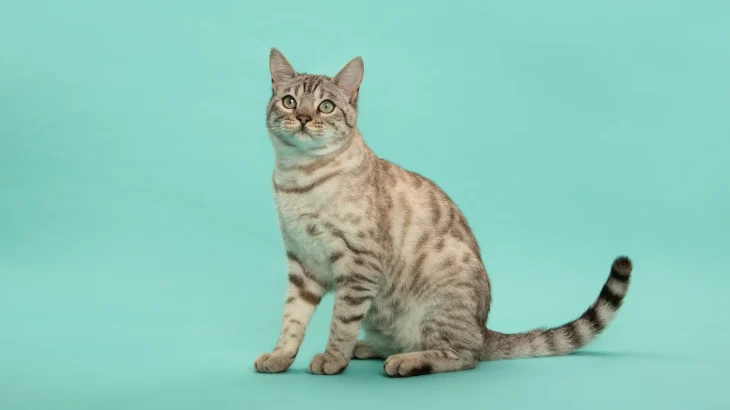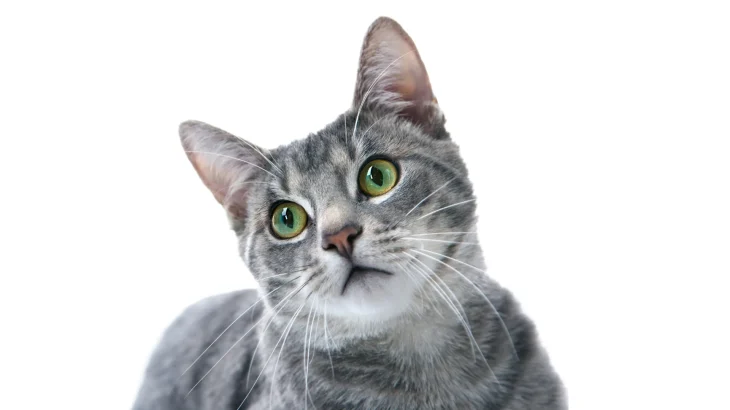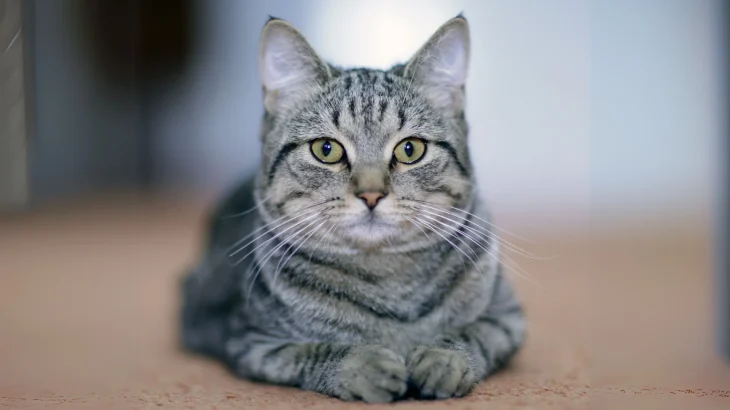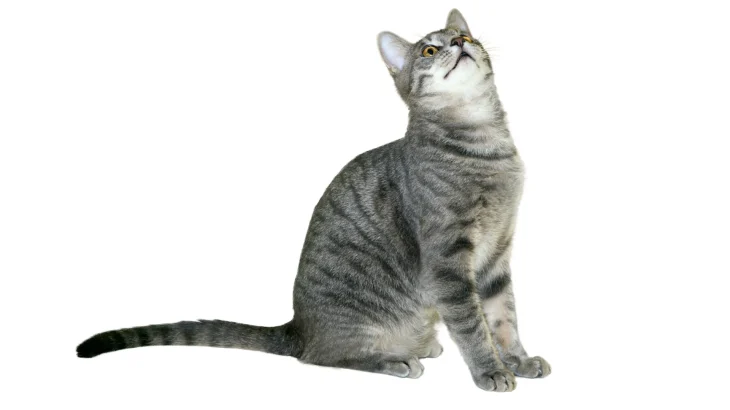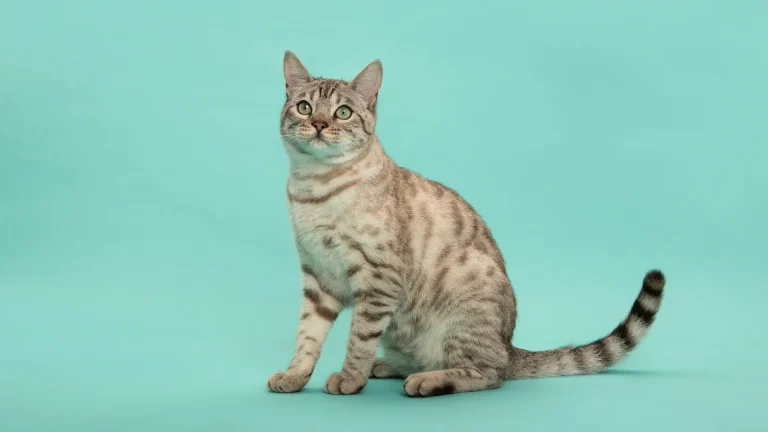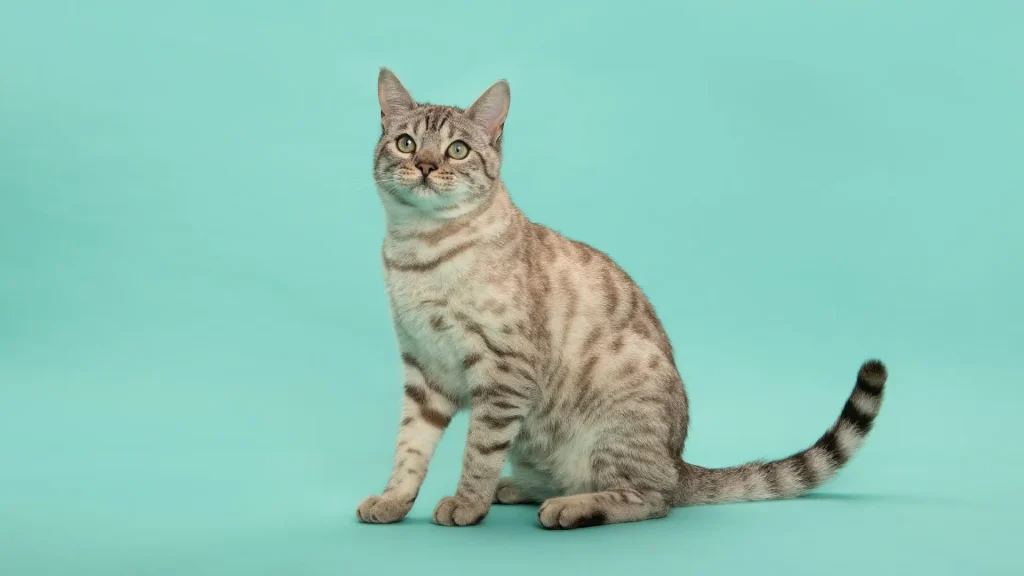When deciding on a Kanaani kitten, you can either adopt one or buy from a breeder. Choosing between the two often comes down to factors like cost, health information, and ethical considerations specific to this breed. Both options offer unique advantages and challenges depending on what matters most to you.
| Criteria | Buying from Breeder | Adopting from Shelter/Rescue |
|---|---|---|
| Cost | Tends to have a higher upfront price reflecting breed purity and care. | Usually more affordable adoption fees, often with vaccinations and spay/neuter included. |
| Health History | Breeders can provide detailed health records and genetic screening relevant to Kanaani lineage. | Health background might be limited or unknown; shelters typically perform basic health checks. |
| Age Availability | Primarily kittens are available, allowing early bonding and training. | Varied ages offered, including older cats who may already be trained. |
| Temperament Insight | Breeders usually share insights on specific breed traits and lineage temperament. | Shelter staff can describe behavior observed during care, but past temperament details may be limited. |
| Supporting Practices | Supports preservation of breed standards; choose breeders who prioritize ethical practices. | Supports animal welfare by giving a home to cats in need, reducing shelter populations. |
| Breed Purity & Pedigree | Guarantees purebred Kanaani with pedigree documentation. | Less certainty of breed purity, though some Kanaani mixes or purebreds may be found. |

